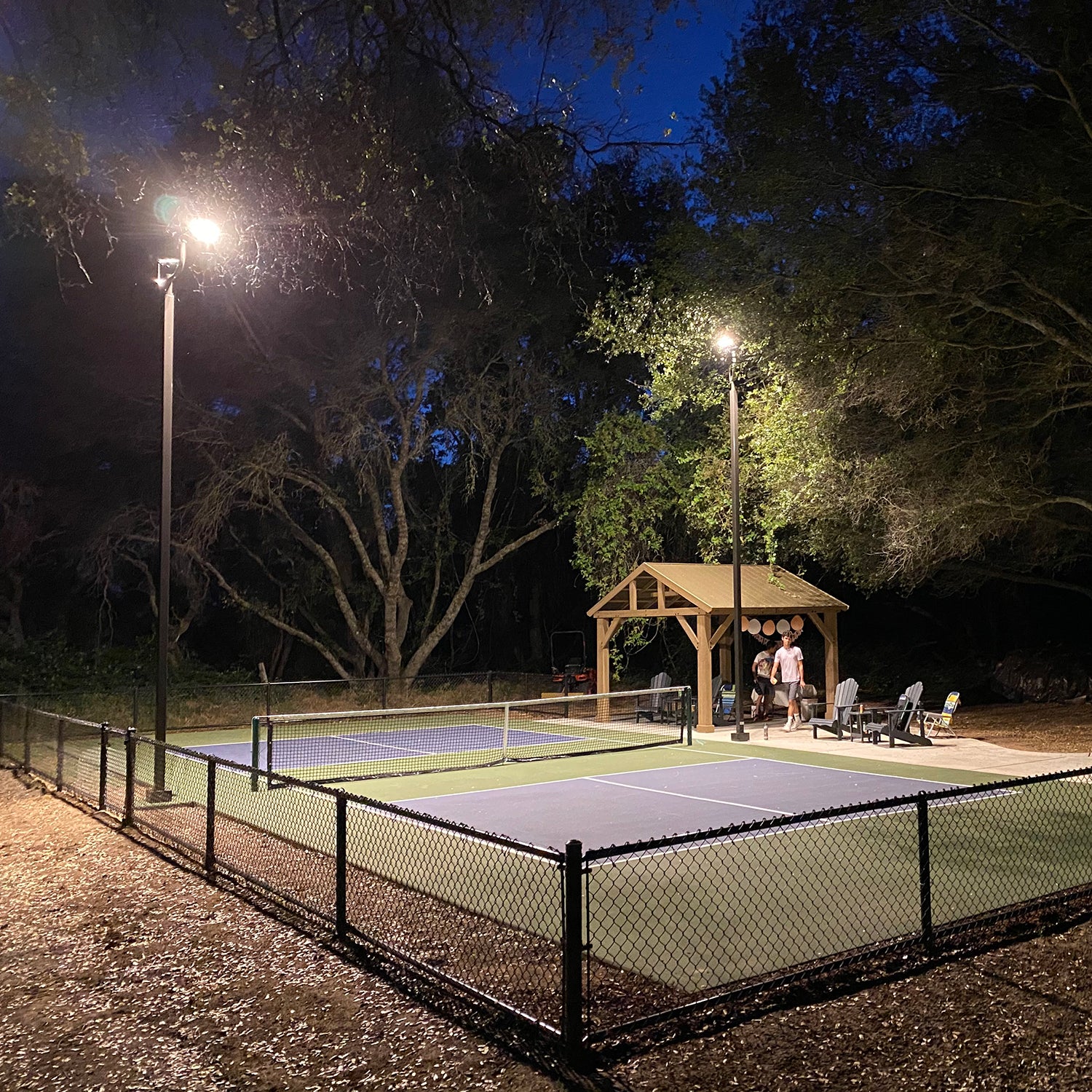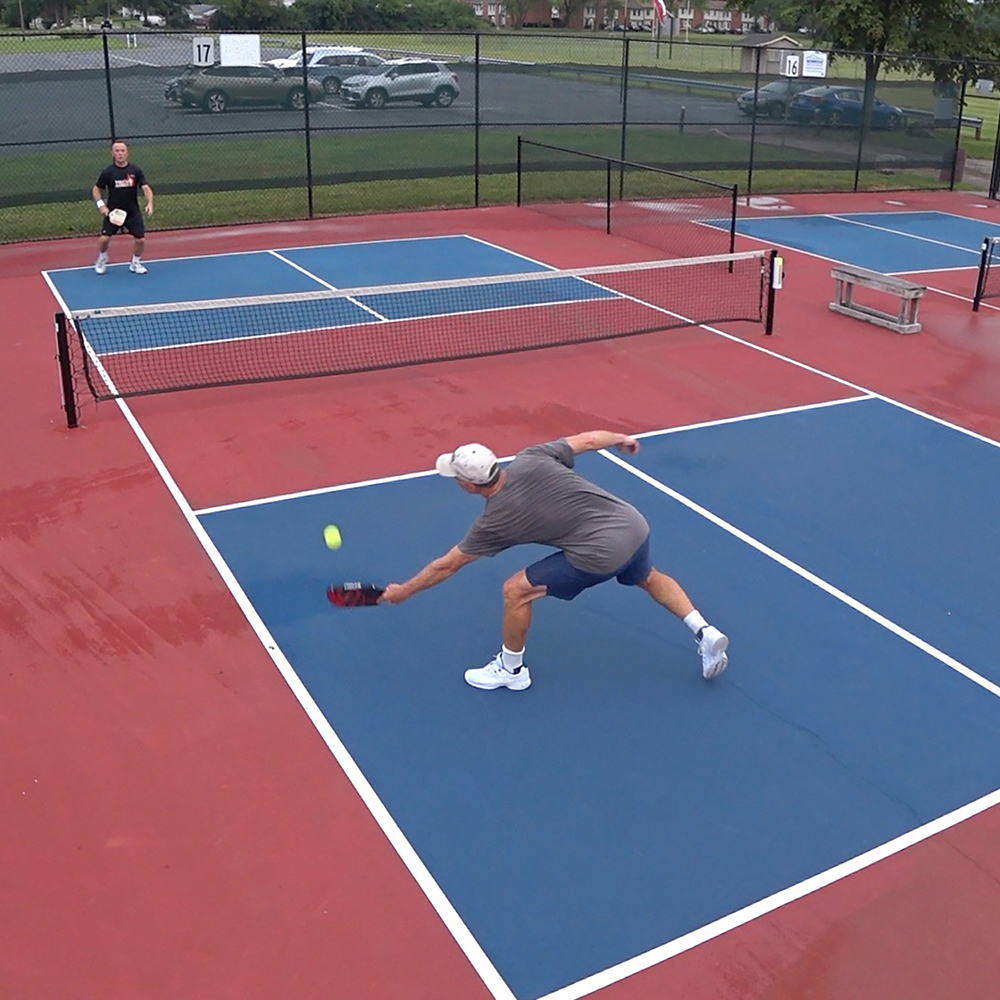Common Mistakes to Avoid in Your Pickleball Court Construction Process
Common Mistakes to Avoid in Your Pickleball Court Construction Process
Blog Article
Navigating Rules for Pickleball Court Construction in Your Area
Building a pickleball court in your area requires a nuanced understanding of numerous regional laws, consisting of zoning regulations, building licenses, and safety and security criteria. Each district imposes particular standards that can dramatically affect the feasibility of your project. Involving with regional authorities and the community is vital for ensuring conformity and fostering assistance. Nevertheless, browsing this regulatory landscape can be taxing and intricate. What are the essential actions you should think about to avoid prospective risks and make certain a smooth building process?
Understanding Neighborhood Zoning Legislations
When thinking about the building and construction of a pickleball court, comprehending regional zoning legislations is crucial to guaranteeing conformity and preventing potential legal problems. Zoning guidelines dictate just how land can be made use of and typically include specs pertaining to leisure centers. These laws can differ significantly by town, influencing variables such as court placement, lighting, sound, and size degrees.
Before starting building, it is important to get in touch with the neighborhood zoning board or planning division to determine the specific laws that relate to your residential property. Particular areas may limit entertainment tasks, while others may need particular permits or adherence to particular standards. It is additionally crucial to think about troubles, which determine how much frameworks must be from residential or commercial property lines or other structures.
Additionally, exclusive growths, such as house owner associations (HOAs), might enforce their own regulations concerning the building and usage of pickleball courts. Recognizing these guidelines can stop expensive modifications or lawsuits down the line. Involving with regional stakeholders and community participants can offer valuable insights and foster support for your project, guaranteeing that it straightens with the community's requirements and expectations.
Acquiring Necessary Structure Permits
How does one navigate the intricacies of acquiring needed building licenses for a pickleball court? The procedure begins with comprehending neighborhood laws and needs stated by metropolitan authorities. Normally, you will certainly require to send an in-depth website plan that outlines the proposed court measurements, products, and design. This plan needs to follow zoning regulations and any specific regulations concerning leisure centers.

As soon as licenses are gotten, it is important to adhere to any inspection routines and needs throughout the building stage. Preserving communication with regional authorities will certainly help with a smoother authorization process and help stay clear of possible setbacks. By thoroughly preparing and recognizing the permitting landscape, you can successfully browse the complexities associated with building a pickleball court while staying compliant with all neighborhood guidelines.

Assessing Environmental Impact
A comprehensive evaluation of ecological effect is crucial when intending the building of a pickleball court. This examination aids identify possible effects on local ecological communities, water sources, and area visual appeals. Trick aspects to think about consist of site choice-- making certain that the court is not improved environmentally sensitive land, such as marshes or habitats for jeopardized species
Soil stability and drainage patterns ought to be examined to avoid erosion and water merging, which might adversely influence surrounding greenery and wildlife. Additionally, the option of materials is vital; selecting sustainable and green options reduces ecological damage.
The implementation of effective stormwater administration practices is another important aspect, as it helps minimize overflow and sedimentation. Engaging with neighborhood environmental agencies can give beneficial insights into guidelines and finest methods certain to your location.
Lastly, area input can be helpful in recognizing any type of neighborhood environmental issues and cultivating assistance for the task. By performing a thorough ecological impact assessment, stakeholders can make certain that pickleball court building and construction lines up with lasting practices and adds favorably to the community's environmental wellness.
Complying With Safety Standards
Ensuring conformity with safety standards is essential for the successful building and operation of a pickleball court. Complying with his response recognized safety and security regulations minimizes the threat of injuries and mishaps, making sure a safe and secure environment for official site players.
Trick safety standards consist of proper court dimensions, surface materials, and lights requirements. The court should fulfill the official measurements of 20 feet vast by 44 feet long for increases play, with appropriate barrier zones to stop injuries from wayward spheres. Pickleball court construction. The surface needs to be built from non-slip materials to boost traction and lower the likelihood of falls
Additionally, illumination has to suffice for night play, giving uniform lighting to stay clear of darkness that can impede presence. Neighborhood building ordinance may also determine certain needs for fencing and internet elevation to guarantee gamer safety and protect against unapproved access to the court area.
Regular inspections and maintenance are vital to maintain these standards gradually. By focusing on safety and security conformity, court owners not just protect gamers yet likewise promote a favorable track record within the community. This dedication to security can urge higher involvement and pleasure of the sporting activity, eventually adding to its development and sustainability.

Engaging the Neighborhood in Preparation
Neighborhood involvement in the drawing board of pickleball court construction can substantially improve the job's overall success. Involving neighborhood residents and stakeholders fosters a sense of ownership and motivates collective decision-making, which can lead to more comprehensive assistance for the effort.
To successfully involve the community, organizers should launch public conferences or check it out workshops, providing a system for residents to articulate their opinions and choices pertaining to place, design, and amenities. Studies and comments types can additionally be utilized to collect understandings from a bigger audience, making certain that varied perspectives are thought about.
Moreover, creating an area board of advisers can help with recurring discussions and address worries throughout the planning process. This board can consist of agents from various demographics, such as regional colleges, entertainment companies, and area associations, thus magnifying community representation.
Efficient communication is essential; updates about the job must be consistently shared via e-newsletters, social media, or neighborhood bulletins. By focusing on area interaction, organizers can cultivate excitement, minimize potential resistance, and develop a pickleball center that absolutely reverberates with local values and demands. This joint strategy not just enhances the task however additionally strengthens neighborhood connections.
Conclusion
In verdict, navigating the intricacies of pickleball court building necessitates a comprehensive understanding of regional policies, including zoning regulations, structure licenses, and safety and security requirements. Conducting ecological analyses is necessary to reduce eco-friendly effect, while area involvement can improve support for such jobs. By sticking to these standards and cultivating collaboration, successful application of pickleball courts can be achieved, advertising leisure chances and neighborhood health. Continued persistance in these locations will ensure certified and lasting growth.
Constructing a pickleball court in your location requires a nuanced understanding of numerous local laws, including zoning regulations, building permits, and safety and security criteria.When thinking about the construction of a pickleball court, understanding local zoning laws is critical to ensuring compliance and preventing potential lawful concerns. By extensively preparing and comprehending the allowing landscape, you can successfully browse the complexities included in creating a pickleball court while staying certified with all neighborhood guidelines.
In final thought, browsing the complexities of pickleball court building requires an extensive understanding of regional laws, including zoning laws, building permits, and safety standards. By sticking to these guidelines and promoting cooperation, successful implementation of pickleball courts can be attained, promoting recreational opportunities and area health.
Report this page